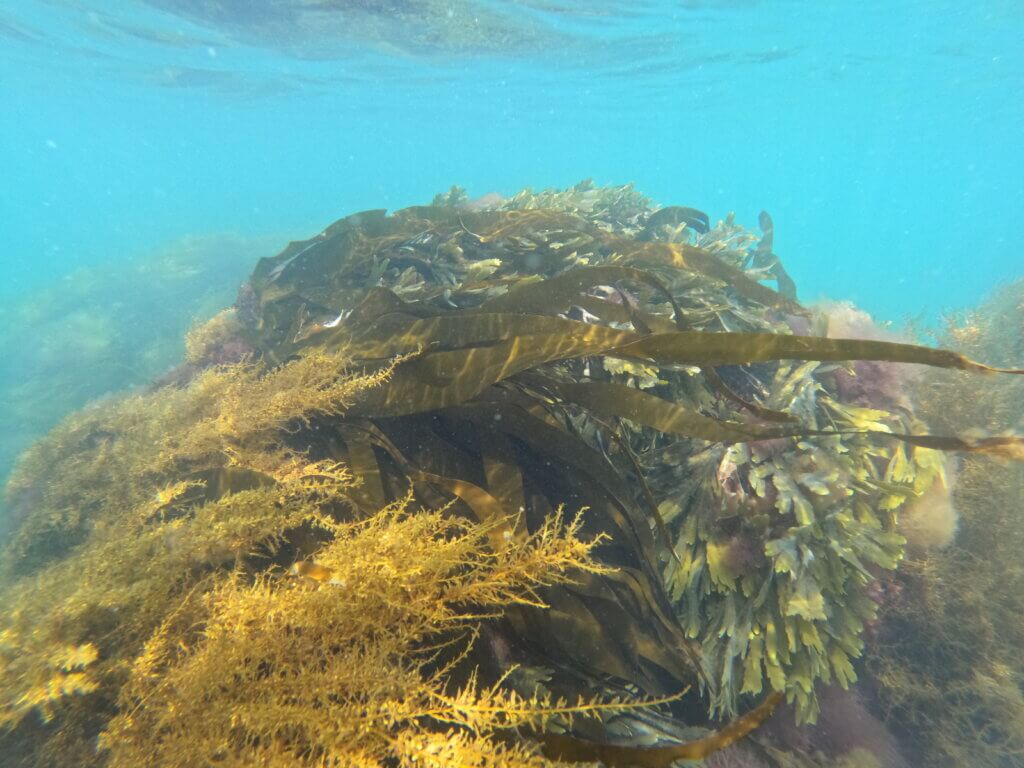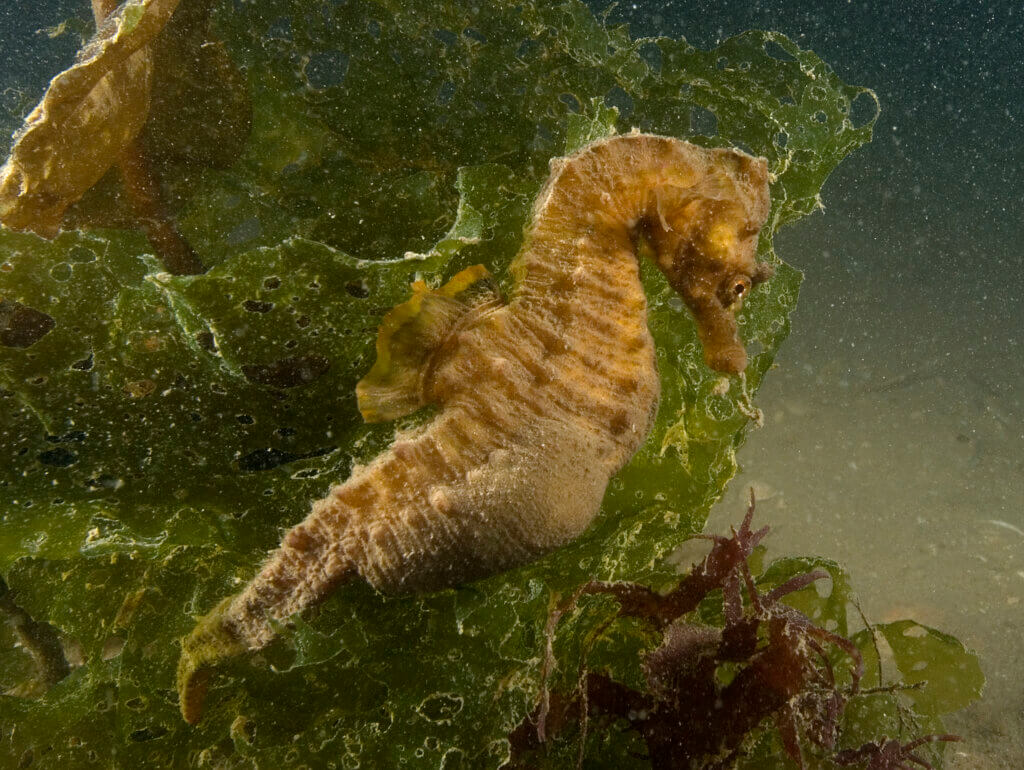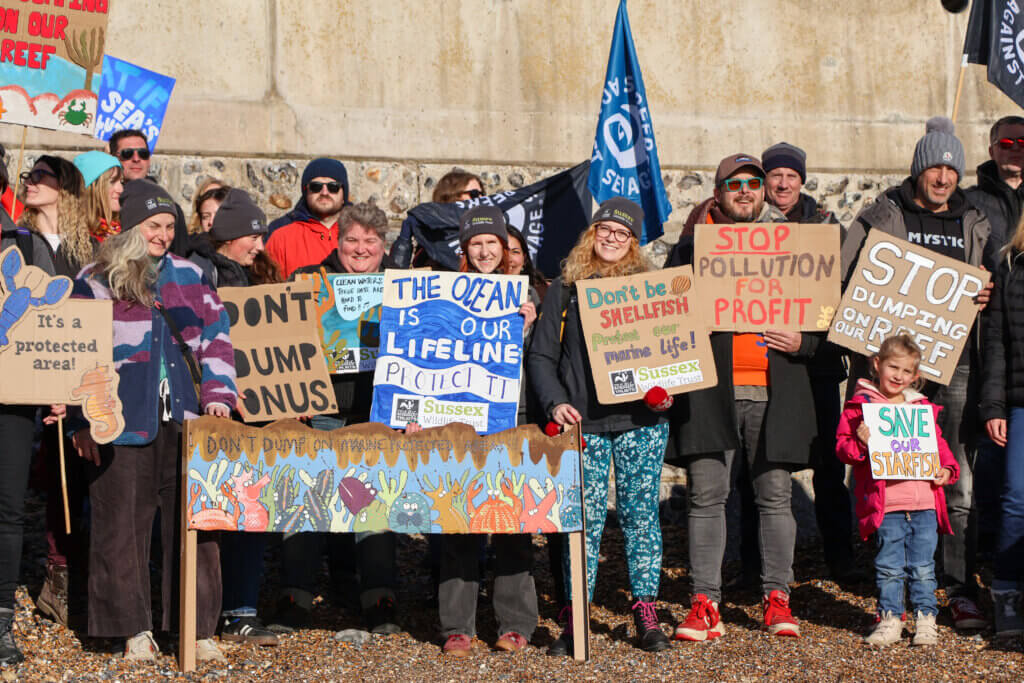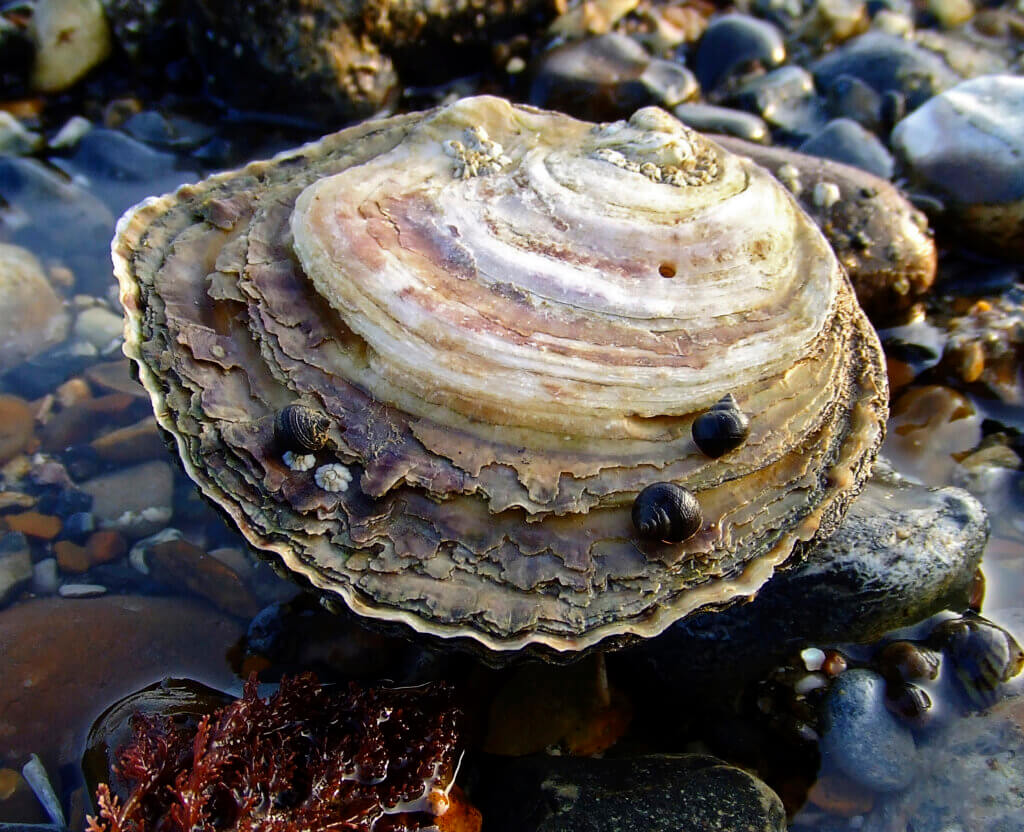Guest blog – Taking a stand for marine protection by Chris Corrigan – Mark Avery


Chris Corrigan is CEO of the Sussex Wildlife Trust and has worked in nature conservation for almost 40 years. He spent most of his career with the RSPB, most recently as Director England, but has also worked for BirdWatch Ireland and Butterfly Conservation and is a trustee of the South Georgia Heritage Trust. He is a lifelong birder and naturalist.
Taking a stand for marine protection
I have spent 40 years working in nature conservation but coming to Sussex Wildlife Trust (SWT) has made me realise how much of my experience has been skewed towards terrestrial habitats and soft-sediment intertidal ecosystems. However, I have now seen the undersea light! At SWT, a higher proportion of our work is focused on the marine environment, about which I now realise I know far too little, but am slowly learning more.
Like its terrestrial counterpart, the marine environment is under siege from pollution, increasing sedimentation, over-fishing and the extreme marine heatwave events driven by climate change. These are putting our seas at risk like never before. Sussex is not unique in this respect, but it has been energising to work in an organisation, and with expert colleagues, who are committed to making change at scale.

Perhaps the most iconic indicator of the health of the Sussex marine ecosystem is kelp. Our once extensive kelp beds have declined by over 96% since the 1980s. This horrendous decline triggered a remarkable cross-sectoral partnership, including a very enlightened and proactive Sussex Inshore Fisheries & Conservation Authority (IFCA), to come together to try to turn things round. With the backing of a local “Help Our Kelp” campaign, Sussex IFCA led the establishment of a byelaw, banning bottom-trawling from over 300 square kilometres of seabed. The goal was to allow the recovery of essential fish habitats, including kelp, which would represent restoration on a truly grand scale. This endeavour has been supported by the multi-partner Sussex Kelp Recovery Project, at the core of which is a comprehensive research and monitoring programme to follow and support this nature-led journey to rewild and recover our seabed.
With such serious action and solid commitment, backed up by a network of Marine Protected Areas, it would be easy to think that all is well in the Sussex marine environment. Of course, this would be unduly optimistic and complacent. Success cannot be taken for granted.
A recent stark reminder relates to Brighton Marina (a large retail, leisure and housing development as well as a marina). This was built in the 1970s and will have caused the destruction of large areas of important habitats at the time. It now requires regular dredging to keep channels clear. The original permitted volume of dredged spoil was 50,000 tonnes per annum, more recently doubled to 100,000 tonnes, all of which is dumped in the adjacent Beachy Head West Marine Conservation Zone (MCZ).

This MCZ was designated in 2013, long after the marina was built, to protect the Short-snouted Seahorse, Native Oyster, Blue Mussel beds and a range of habitats including littoral chalk communities, a rare habitat in the UK. Chalk forms less than 1% of Britain’s coastline and more than half of that is in Sussex and Kent. Internationally, coastal chalk is even rarer, with most of it in north-west Europe. England holds a globally significant proportion of all the world’s marine chalk, meaning we have a special responsibility to protect it. What happens to the chalk reefs in this MCZ matters.
In 2024, the licence to dump dredgings in the MCZ came up for renewal. Sussex Wildlife Trust, working with other organisations, including Surfers Against Sewage and Sussex Underwater, objected and began a campaign against the renewal of the licence. The MCZ is supposedly a protected site supporting rare and threatened habitats and species! Crucially, our opposition did not seek to stop dredging and effectively close the marina. Our aim was to ensure the silt was dumped in one of the available (but less convenient and presumably more costly) alternative sites.

Despite our campaign, the weakness and gaps in data and monitoring, and the availability of alternative disposal sites, the Marine Management Organisation (MMO) approved the application.
But enough is enough. We are not prepared to let an important and supposedly protected site continue to be let down by decision makers. Unless something actively changes, the conservation objective to recover the littoral chalk communities to favourable condition will remain a paper pipedream. This poor decision making is not unique to the Beachy Head West MCZ. It is a sad fact of life for many of the 91 MCZs designated around the English coast.
Once a decision has been made, there are a limited number of options – but the choice to pursue a judicial review is one of them. This is a big step for a single Wildlife Trust, and it comes with significant risk and cost. However, with the backing of staff and trustees and incredible support from the Environment Law Foundation and Leigh Day we have taken the decision to proceed with our action against the MMO. Our expert legal team will mean we have the best possible chance of success.
I hope this local action can contribute to the wider movement pushing for more effective protection and management of our precious marine habitats it has taken me too long to properly appreciate. Only with a radical change to the way our seas are treated will we stand any chance of reaching the 30×30 marine goal. Bold action is needed and we are determined to play our part.

[registration_form]




